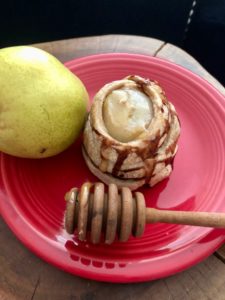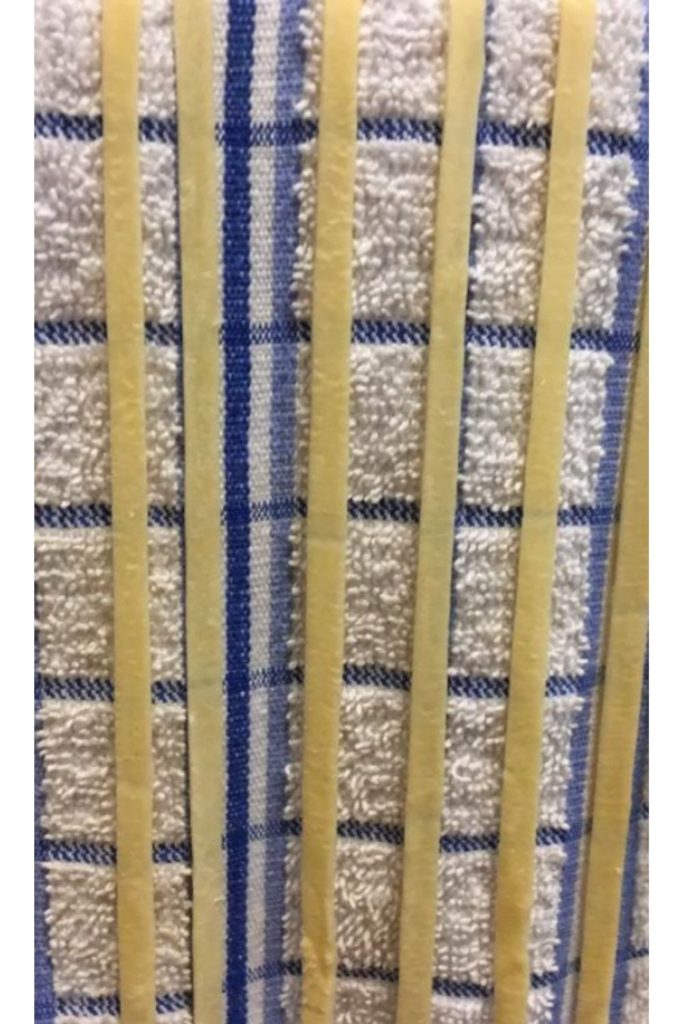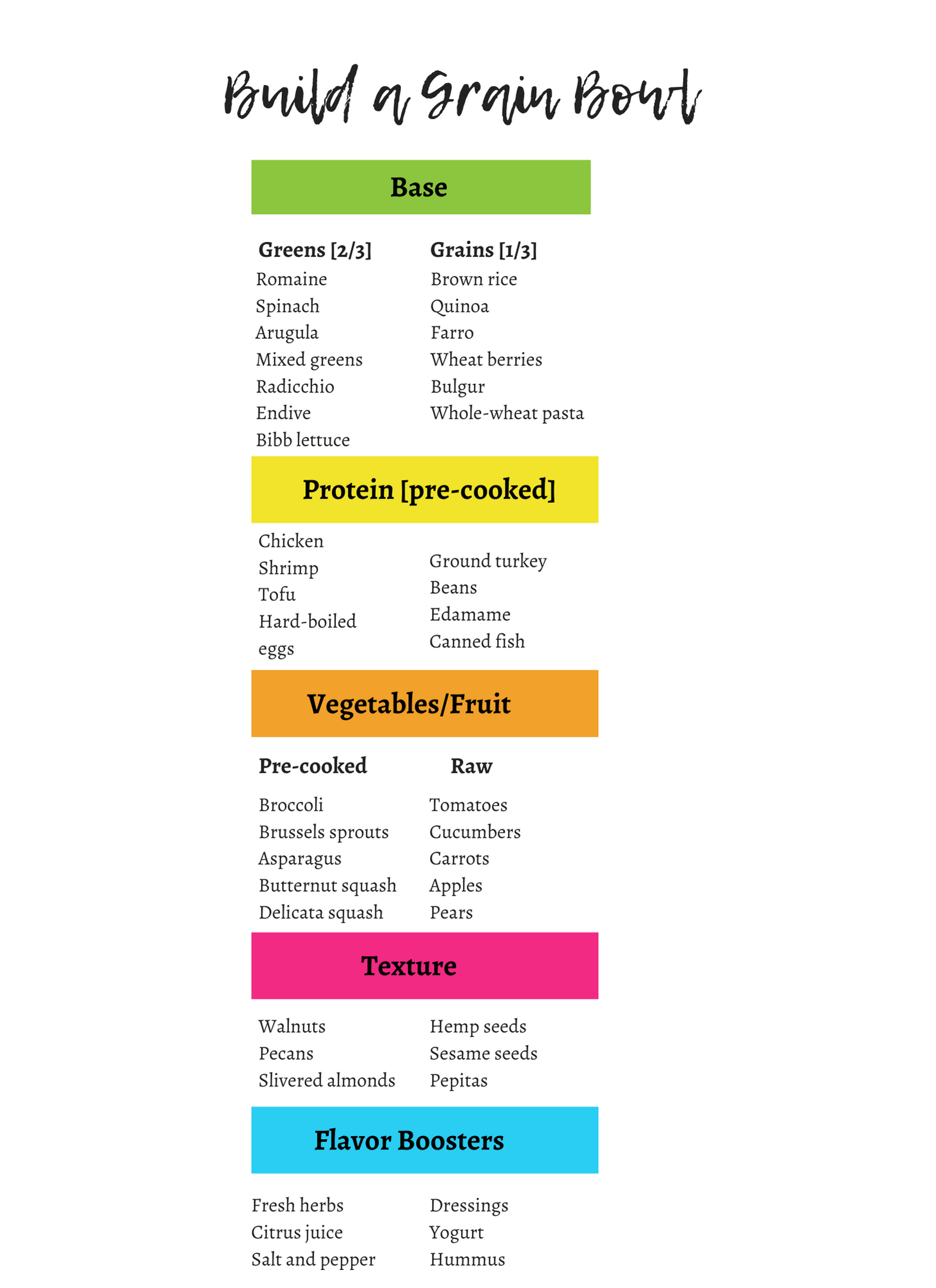Proteins are the most important macro for keeping you full and many other reasons that this article is about.

Probably like you, I’ve evolved eating habits and meal planning since 2020.
My meals are focused on healthy proteins, carbs, veggies, fiber, and healthy fats. My pantry reflects those balanced moves… and fewer sweets.
The bulk of sweets come from my weekly bakes, like poached cinnamon-honey pears or kiwi meringues.

Daily salty snacks are mostly from nuts that are a high source of protein (i.e. 1 ounce of almonds has 6 grams of protein).
Once in a while, popcorn (a whole grain) with a dash of turmeric comes on the scene for a good movie.
Or a dash of EVOO and white pepper that gives a savory umami buzz.
That’s important for a taste-o-phile. 😊
For most meal prep, the focus is on anti-inflammatory plant-based sources like legumes and phytochemical-rich fruits and veggies.
But I didn’t start off 2020 with my then-new pantry (in limbo transition)…

The first meal I remember cooking was a box of pasta. It’s not touted on the daily news, but there’s a reason why pasta takes up one side of the grocery store aisle.
For the low cost, it offers good value. It beats a junk food replacement that’s more convenient.
Pasta is fairly easy and quick to cook and is a filling source of energy great for lunches.
And then you can add your favorite protein and veggies on top for a healthy meal.
It’s also a good source of potassium, B vitamins, protein, fiber and has very low sugar. You can also get the tricolor kind with tomato and spinach puree.
But yeah, anything from a box with a barcode isn’t likely to be nutrient-dense polyphenol healthy.
Sometimes I make my own pasta with eggs (which btw, both egg yolks and whites are a good source of proteins)…

But any pasta isn’t gonna be as nutritious as a whole grain alternate or a pseudo-grain like quinoa (a complete protein) that has all 9 amino acids, including the ones your body doesn’t make.
The quinoa nutrition label won’t show that today, so all you see is the 4 grams of protein per half a cup (which still isn’t bad… but only half the scoop). You can add quinoa to your breakfast strategy!
Good to know, no matter whether you’re a natural Vata, Pitta, or Kapha Ayurvedic body type.
In case those terms are new… generally, Vatas are lean, Pittas are muscular, and Kapha body types are heavier set.
In all cases, protein is needed for functioning and is loaded with essential vitamins and minerals.
Some amino acids (the building block of proteins) needed for life, only come from food sources.
Proteins are also needed for muscle growth and tissue repair.
Plus, eating proteins helps with focusing on tasks other than eating all day.
This is especially true if you’re a Vata body type with lean genes and skinny jeans where energy crashes and feeling occasional lightheadedness from low blood sugar can come with the territory too.
All in all, proteins keep us feeling full longer, and being filled gives us energy. Healthy protein sources can come from legumes like beans or tofu (i.e. 6 ounces of tofu has 11 grams of protein).
The 5 Blue Zone regions in the world have the highest concentration of Centenarians (the young-at-heart people passing the 100-year-old mark).
Legumes carry across the board are part of their longevity plans.
Examples:
Sardinia, Italy/Ikaria, Greece – white/cannellini beans
Nicoya, Costa Rica – black beans
Okinawa, Japan – soy beans (tofu)
Loma Linda, CA – mixed (black, kidney, pinto, tofu, etc.)
Occasional lean animal proteins and fish also help us to stay healthy.
Choosing a variety is going to give you the diversity of vitamins and minerals your body optimally runs on.
You can think of getting a balanced meal from building a grain bowl or wrap like in a Chipotle meal.
Here’s a grain bowl example you can try in your at-home meal prep:

Oh, and don’t forget the microgreens and chia seeds (I.e. 3 Tbsp chia seeds has 7 grams of protein).
If you’re like me who likes to boost her omega-3s with ground flaxseeds, you’re getting 6 grams of protein per 3 Tbsp.
While you may choose your greens first, for meal prep, proteins can still lead the meal choice. Here’s the healthy you could consider weekly:
1-2 cans of 15 oz beans or legumes (chickpeas/lentils)
Wild-caught fish and seafood
Lean Poultry (minimally processed)
Protein in egg yolks and egg whites.
Grass-fed or free-range meat
Uncured lunch meat
Here are some protein questions you can ask:
Which omega-3 protein-rich sources will I add? Examples: Salmon, eggs (enriched eggs), sardines
Which plant-based proteins? Examples: Tofu, beans, legumes
Which lean B vitamin-rich proteins? Example: Chicken (minimally processed), uncured meats (without sodium nitrates or added nitrite)
B vitamins are water-soluble. Since the body doesn’t store them, we need to keep replenishing. B-vits work together and are responsible for healthy growth, vision, skin, hair, nails, metabolism, immune system support, memory, prevention of many potential body issues, and so much more.
For healthy balancing and easy recipes, check out the search bar feature.
